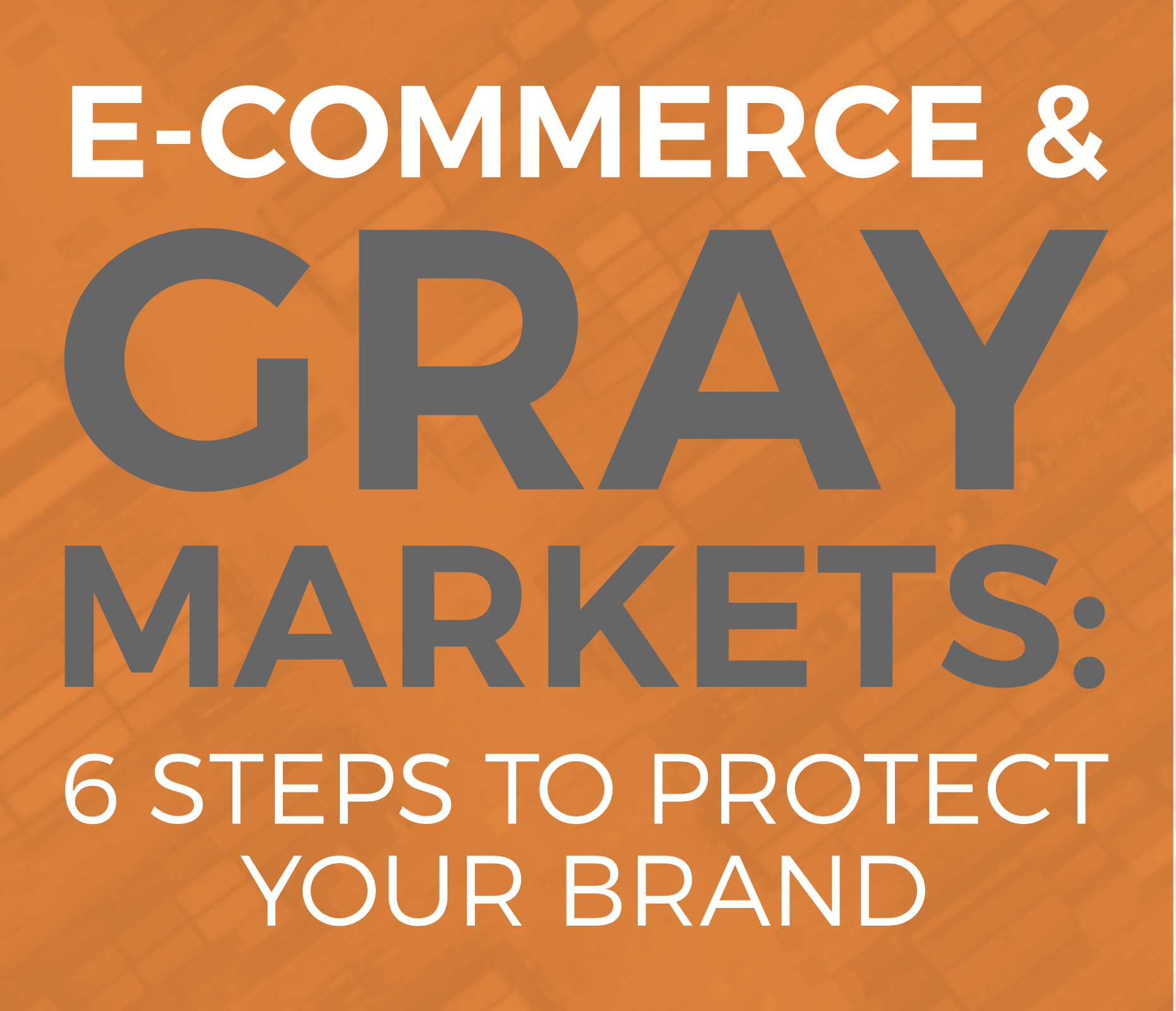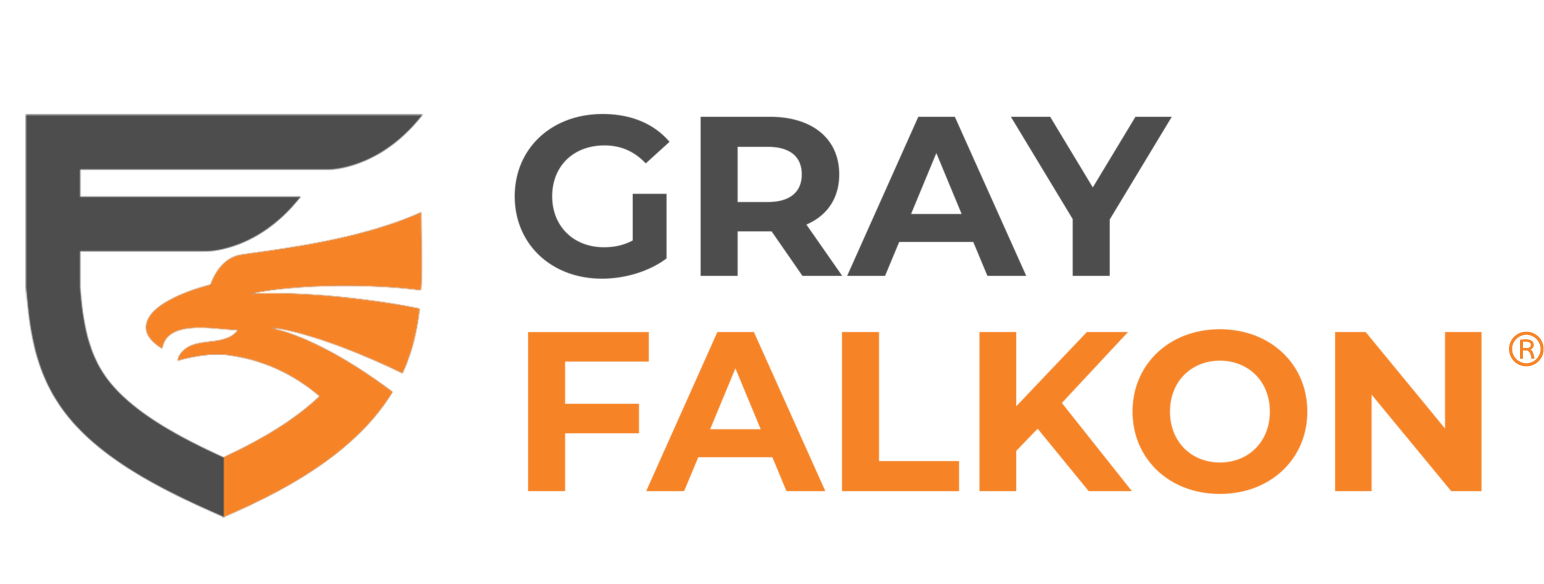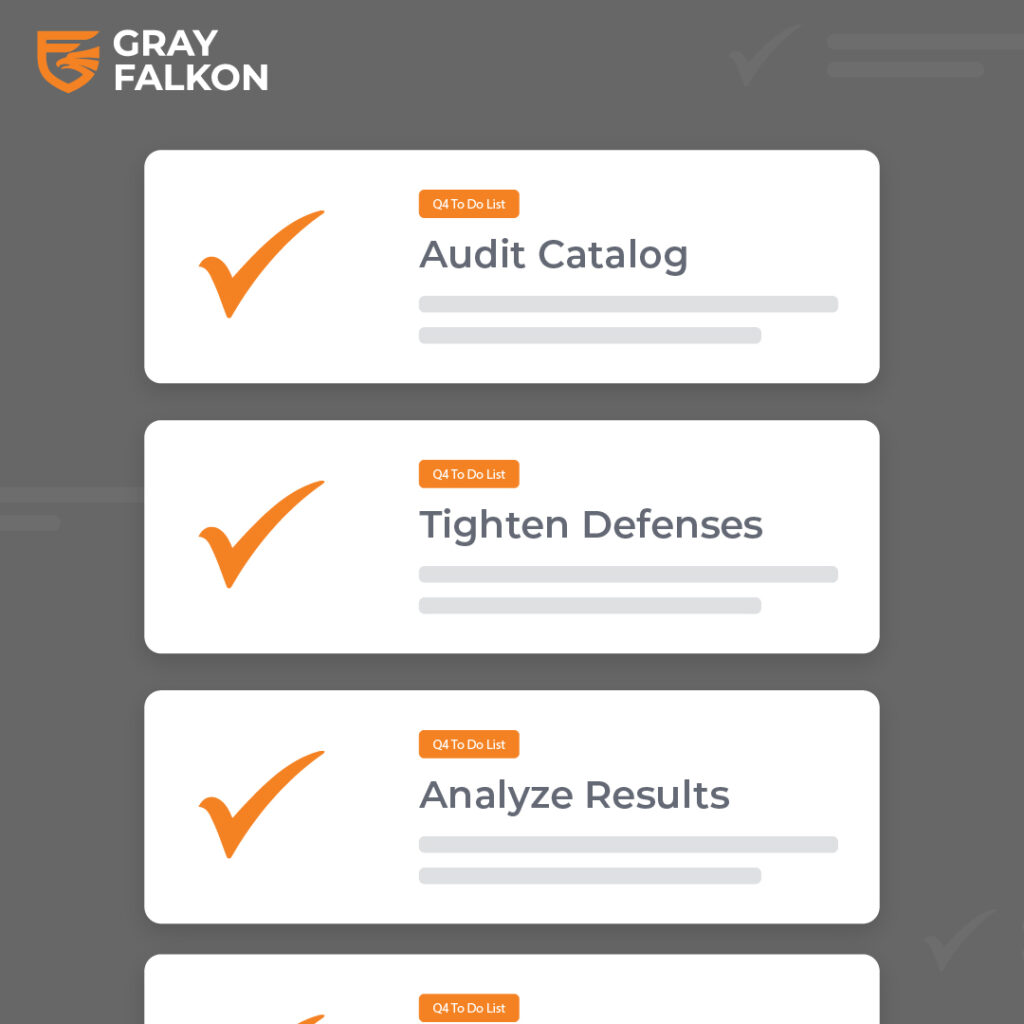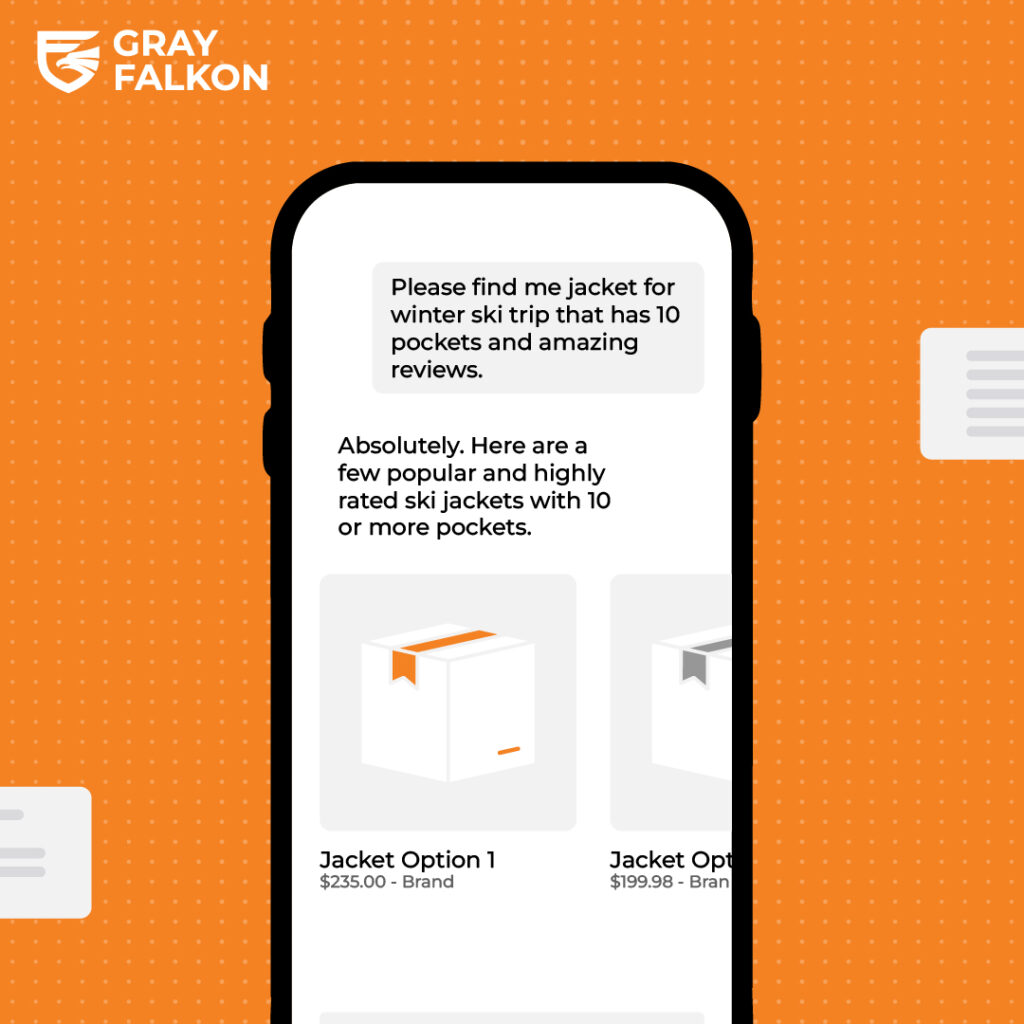
When an unauthorized seller appears on Amazon or a single product suddenly drops below MAP, it’s easy to assume it’s a one-off. And sometimes, it is a rogue seller with limited inventory or a price slip that resolves quickly. But even if the first violation doesn’t seem like a big deal, it often signals something more important: vulnerability. If one seller can list your product without authorization or disrupt your pricing, others can too. And in many cases, that first incident is a preview of a larger pattern of repeat violations, stealth listings, and escalating disruption.
The real issue isn’t always the first violation, it’s what comes next if you’re not watching. On a platform like Amazon, where seller activity is largely anonymous and repeat offenders can easily reappear under new accounts, a small problem can quietly turn into an expensive, long-term threat.
The First Violation Always Seems Manageable
For many brands, the first sign of trouble is subtle, a single unauthorized seller listing your product below MAP, or an unfamiliar name suddenly appearing in the Featured Offer (formerly Buy Box). It’s easy to think, “We’ll deal with it if it becomes a problem.” And sometimes, it doesn’t. One rogue seller might sell a small quantity and disappear. But the issue isn’t just the presence of that one seller, it’s what their presence reveals. If they were able to list your product, they found a way in. And if they found a way in, others likely can too.
That first violation isn’t always a crisis. But it’s often a signal. A test. A starting point.
What seems like a one-time event can quietly become the new norm if left unaddressed:
- More sellers attach to the same ASIN.
- Price competition intensifies.
- The Featured Offer becomes unstable.
- Your authorized sellers start to feel undercut.
When a brand waits to act until the issue becomes unmanageable, the damage is already done. It’s not about overreacting to one violation, it’s about recognizing that it could be the beginning of a trend.
How Repeat Violators Exploit Amazon’s Structure
Amazon’s marketplace model is built for speed, scale, and seller access, which makes it incredibly effective for distribution but problematic for brand protection. Once a seller gets access to your product, there are very few barriers preventing them, or others, from coming back. Amazon doesn’t track or flag repeat offenders. Each violation is treated in isolation, and sellers can easily reappear using:
- New seller accounts
- Slightly altered store names
- Different fulfillment methods or bundles
- Alternative ASINs or duplicate listings
This flexibility allows bad actors to test your defenses, and when no action is taken, they often return, either directly or through related accounts. Worse, other sellers often take notice. Once one unauthorized offer goes unchecked, it signals that your listing is unmonitored, and it becomes a low-risk target for additional violations.
Some sellers even specialize in this model, cycling through accounts and rotating inventory to avoid detection while continuing to profit off your brand’s exposure. And because Amazon doesn’t showcase this behavior to brands, you won’t see the pattern unless you’re actively looking for it.
The result is a marketplace that looks stable on the surface, while quietly filling with disruptive seller behavior behind the scenes.
The Compound Cost of Inaction
At first glance, a single pricing violation or rogue listing may seem harmless. But when repeat violators are left unchecked, the cost adds up quickly, and not just in lost revenue. Over time, recurring marketplace disruptions cause:
Ongoing Price Erosion
Unauthorized sellers often undercut the Minimum Advertised Price (MAP) to win the Featured Offer. As others follow suit, pricing across your catalog begins to collapse. Once your products are regularly discounted, it becomes difficult to restore pricing integrity, even after the violators are removed.
Loss of Featured Offer Control
Repeat offenders frequently win the Featured Offer, even if they provide a worse customer experience. This means:
- Your own offers lose visibility
- Paid ads lose efficiency
- Amazon customers are routed to sellers you don’t approve of
Customer Trust Issues
Inconsistent shipping times, outdated packaging, or missing components from unauthorized sellers can lead to negative reviews and returns. To the customer, it doesn’t matter who fulfilled the order, the blame falls on your brand.
Channel Conflict
Authorized sellers expect a level playing field. If unauthorized sellers are allowed to disrupt pricing or availability, some authorized sellers may pull back support, cut orders, or exit your distribution network altogether.
What starts with a single unauthorized seller can quietly snowball into a multi-front threat to your brand’s value, visibility, and growth strategy. The longer the pattern continues, the more difficult and expensive it becomes to correct.
Why Pattern Detection Requires More Than Manual Monitoring
On the surface, it may seem like brand protection on Amazon just requires vigilance, a few team members manually checking listings, responding to violations, and keeping tabs on pricing. But in reality, manual monitoring only offers a snapshot of what’s happening, not the full story.
Amazon doesn’t offer brands the ability to track seller behavior over time. There’s no native system that flags repeat offenders, reveals alias accounts, or shows how one violator might be targeting multiple ASINs at once. Each violation exists in a silo, making it extremely difficult, if not impossible, for internal teams to connect the dots.
Manual monitoring tends to focus on what’s happening now, not what keeps happening again and again. That means brands often spend their time reacting to surface-level issues, removing one listing or one seller at a time, without realizing they’re up against a recurring, coordinated problem.
And the deeper the threat, the harder it is to see without technology:
- Sellers operating under multiple accounts won’t appear connected through traditional tools.
- Re-listing under alternate ASINs, product bundles, or minor variations can obscure repeat behavior.
- Even authorized partners can drift into unauthorized territory over time—something manual spot-checks rarely catch.
To truly protect a brand in 2025, monitoring must be comprehensive, real-time, and pattern-aware. That requires more than people and spreadsheets. It requires systems that can:
- Track seller identity across multiple accounts
- Flag recurring pricing violations
- Detect IP Violations
- Recognize ASIN-level and cross-catalog behavior
- Detect gray market inventory cycles before they peak
This level of pattern detection isn’t something Amazon provides, and it’s not something most brands can build internally. That’s why more advanced tools like Gray Falkon’s AI monitoring solution have become essential.
How Gray Falkon Identifies and Disrupts Repeat Violators
While most enforcement tools only address violations one at a time, Gray Falkon is built to see the bigger picture. Our solution is designed to identify not just what’s happening, but who’s doing it, how often, and across which products.
Here’s how we help brands move from reactive enforcement to pattern-driven enforcement:
Seller Behavior Tracking Across ASINs
Gray Falkon continuously monitors seller activity across your catalog, detecting when the same seller reappears under different accounts, rotates inventory across listings, or targets multiple ASINs simultaneously. This provides a clear picture of who your true repeat violators are, even when they try to hide.
Prioritized, Scalable Enforcement
Once patterns are detected, we don’t just track them, we act. Gray Falkon’s automated system creates structured, marketplace-compliant reports, escalating the most damaging violations first to the marketplace.
This means brands aren’t wasting time chasing low-impact one-offs, they’re focused on removing the root causes of instability.
Cross-Platform Brand Protection
Unauthorized activity doesn’t stop at Amazon. Sellers often appear across Walmart, eBay, and other marketplaces, taking advantage of platform gaps to avoid enforcement. Gray Falkon provides cross-platform monitoring and enforcement to ensure that repeat violators aren’t simply shifting tactics and resurfacing elsewhere. This unified visibility allows brands to enforce consistently across all channels and stay ahead of marketplace abuse wherever it appears.
Marketplace Analytics for Informed Decisions
Understanding the effectiveness of your brand protection efforts is critical for long-term success. That’s why Gray Falkon provides access to our Marketplace Brand Protection Portal, a powerful analytics dashboard suite designed to give brands real-time visibility into seller behavior, listing violations, and enforcement outcomes. Dashboards include:
- Impact Dashboard: Tracks KPIs like eliminated sellers, removed listings, suppressed sales volumes, and more.
- Products Dashboard: Highlights unauthorized listings, unique sellers per ASIN, delistings, and inventory trends.
- Sellers Dashboard: Monitors unauthorized seller identities, their inventory levels, and their activity patterns.
- Test Buys Dashboard: Captures real evidence through purchases from violators, surfacing issues like product quality, authenticity, and pricing.
- Top KPIs: Features headline metrics like Sellers Removed, Listings Removed, and Sales Suppressed.
- Marketplace-Specific Insights: Helps brands compare enforcement effectiveness and risk exposure across platforms like Amazon and Walmart.
This level of detail helps brands not only enforce but understand what’s working, where risks are growing, and how to make informed, data-driven decisions about future brand protection efforts.
Protect Your Brand From Ongoing Violations
In the fast-moving world of eCommerce, it’s easy to dismiss a single pricing violation or rogue seller as a small, one-time issue. But on Amazon and other marketplaces, that one violation is often a sign of a deeper vulnerability. If one unauthorized seller can gain access, others can and will follow.
The real risk isn’t isolated incidents. It’s the repeat offenders, the coordinated behavior, and the slow erosion of marketplace control that happens when brands can’t see the full picture. Over time, these patterns lead to lost revenue, weakened brand equity, frustrated retail partners, and reduced customer trust.
That’s why Gray Falkon goes beyond surface-level detection and reporting. Our Full Deployment solution combines real-time monitoring, pattern recognition, cross-platform visibility, and data-driven insights to help brands detect and disrupt repeat violations before they escalate. We help you stop chasing isolated problems and start solving the systemic ones that are costing you the most.
Don’t let small violations become long-term threats. Schedule a demo to learn more about how you can see the pattern, act early, and protect your brand where it matters most.






